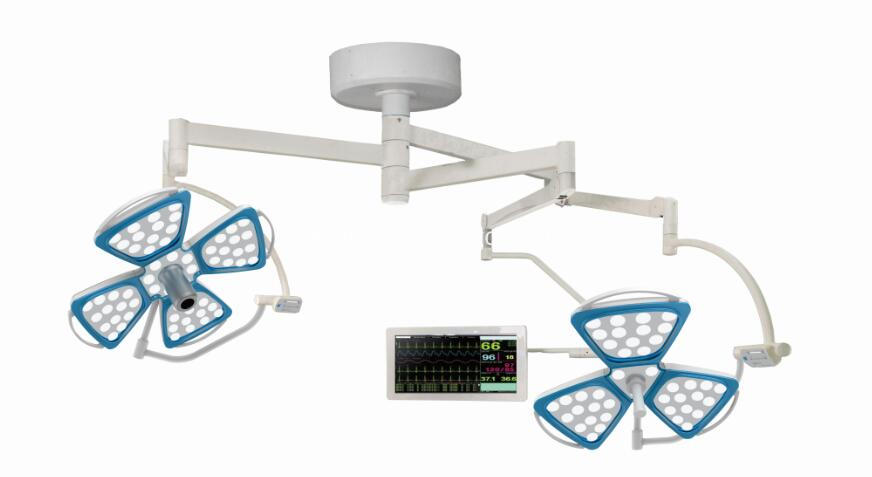Release date: 2010-11-30
After years of scientific research, the Shao Pengzhu subject group of the Chinese University of Hong Kong and the Zheng Yongtang group of researchers from the Kunming Institute of Zoology, Chinese Academy of Sciences, have obtained a protease mutant that selectively kills HIV-infected cells from corn. . The research results provide new ideas and strategies for the development of new anti-HIV drugs that specifically target HIV-infected cells.
It is reported that HIV has a latent mechanism that can lurk in cells for a long time and escape the host immune system. Currently, anti-HIV drugs that have been marketed cannot selectively kill infected cells and eradicate viruses. Zheng Yongtang believes that the new research ideas are very important for the development of new anti-HIV drugs. It is a promising direction to study anti-AIDS drugs that selectively kill HIV-infected cells and protect normal cells from harm.
Ribosome inactivating proteins (RIPs) have RNA N-glycosidase activity that can block the binding of elongation factor EF-1 or EF-2 to ribosomes and inhibit protein biosynthesis. Therefore, RIPs are highly cytotoxic and are often developed as immunotoxins, antiviral or antitumor drugs. RIP is divided into three categories: Type I, Type II, and Type III. Among them, type III RIP is represented by maize RIP, which first synthesizes an inactive precursor protein containing a 25 amino acid internal inactivation domain. After the precursor protein is excised, it becomes an active ribosome inactivating protein. .
Under the support of the Hong Kong Research Grants Council, the “973†project of the Ministry of Science and Technology, the National Major Science and Technology Project, and the Chinese Academy of Sciences, Shao Pengzhu and Zheng Yongtang carried out a series of structural modifications and transformations on the internal inactivation domain of maize RIP. A maize RIP mutant specifically recognized and activated by HIV-1 protease. Studies at the cell level assay showed that the mutant had low toxicity to uninfected cells, but the mutant entered the HIV-1 infected cell and was recognized by the intracellular HIV-1 protease and cleaved to remove the inactive domain into an active protein. Selectively kill HIV-1 infected cells. At the same time, the HIV-1 infected cells are more lethal by increasing the efficiency of the mutants entering the cells. The mutant can also be recognized and activated by the protease of the HIV-1 protease-resistant strain, and thus the mutant has a good selective killing effect on the infected cells of the HIV-1 protease-resistant strain.
The research results have been published in the international academic journal Nucleic Acids Research.
Source: Science Times
Same as round type LED Surgical Lamp, the flower type operating lamp also can add camera system, the camera system can choose SD or HD, depends on hospital requirment, even though single dome or double dome, both can add camera system, can choose camera built in or built out. The camera system is Sony brand, we have use it for many years, the system is stable. as recording and teaching is part of Cuntinous Medical Education (C.M.E) within and outside the O.R/ Hospital, our solution is to achieve both. The image resolution of full HD medical grade digital camera can be as high as 1920*1080 pixels.

Camera Surgical Lamp,Camera Operation Lamp,Camera Surgery Lamp,Camera Operating Light
Shandong Lewin Medical Equipment Co., Ltd. , https://www.operatinglight.nl